Please, REGISTER the service to get the warranty
HVAC work in New York City presents a unique set of challenges due to the city's distinct characteristics, infrastructure, and regulatory environment. One major difficulty is the complexity of the building stock. New York is home to a vast array of building types, from historic brownstones to modern skyscrapers. Each type varies significantly in terms of layout, existing systems, and space constraints, requiring HVAC professionals to adapt their approaches for each job.
Additionally, the dense urban environment exacerbates logistical challenges. Traffic congestion can delay equipment deliveries and service calls, complicating scheduling and increasing operational costs. Working in cramped spaces such as basements, rooftops, or narrow service elevators can also hinder the installation and maintenance processes, making it more physically demanding and time-consuming.
Regulatory compliance is another hurdle. New York City has strict regulations regarding energy efficiency, emissions, and safety standards. HVAC contractors must stay updated on these regulations, which can change frequently, to ensure that installations and repairs meet the necessary codes. This often involves additional paperwork, inspections, and potential fines if compliance is overlooked.
Labor shortages also impact the HVAC industry in New York City. While demand for skilled technicians remains high, the pool of qualified workers is limited. This can lead to increased labor costs and project delays as companies struggle to find reliable personnel.
Lastly, extreme weather conditions in New York add another layer of complexity. Technicians must be prepared to handle the demands of installing and servicing systems that operate efficiently in both hot summers and cold winters, often requiring advanced knowledge of various technologies and equipment suitable for diverse conditions.
In summary, HVAC work in New York City is challenging due to its diverse building types, logistical constraints, regulatory complexities, labor shortages, and the need to adapt to extreme weather, all of which require skilled and versatile professionals.








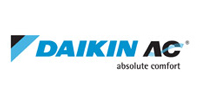



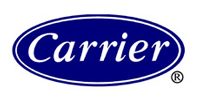







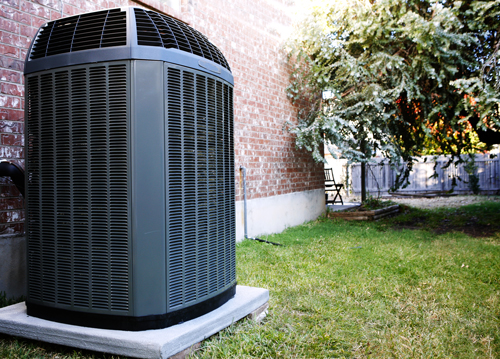
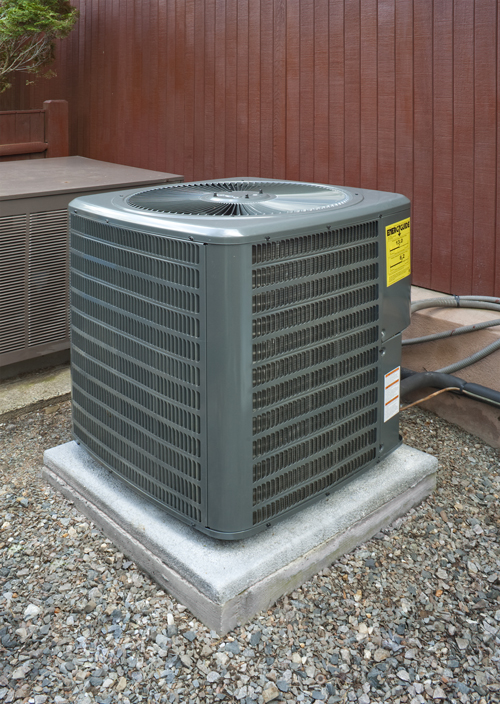
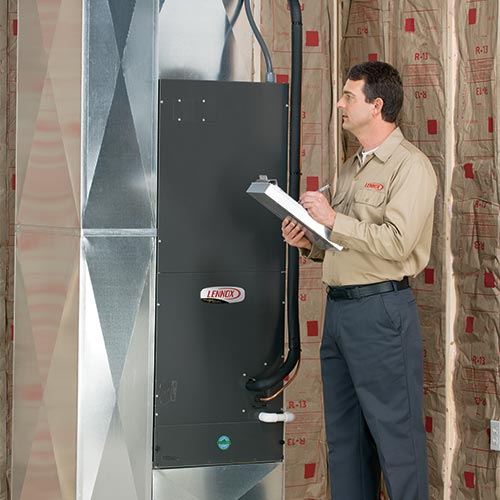
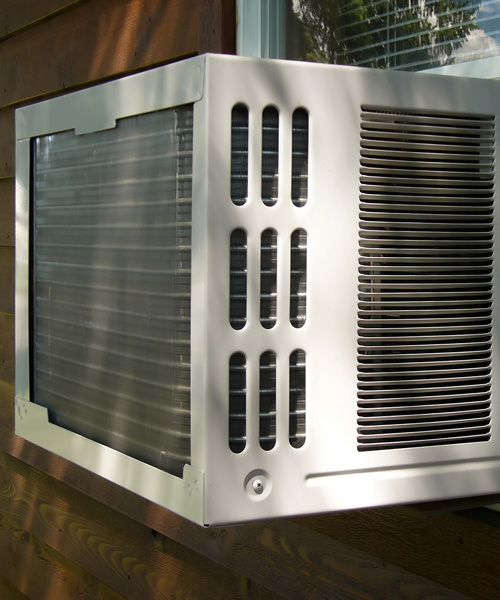








 Our team at ACHR NEWS is excited to recognize more aspects of the HVAC industry, and have readers cast votes on their favorites.
Our team at ACHR NEWS is excited to recognize more aspects of the HVAC industry, and have readers cast votes on their favorites.

 This HVAC contractor doesn’t require his technicians to work overtime. Could this be the thing needed to retain/hire techs?
This HVAC contractor doesn’t require his technicians to work overtime. Could this be the thing needed to retain/hire techs?
 The HVAC residential electrification trend is growing for contractors.
The HVAC residential electrification trend is growing for contractors.




